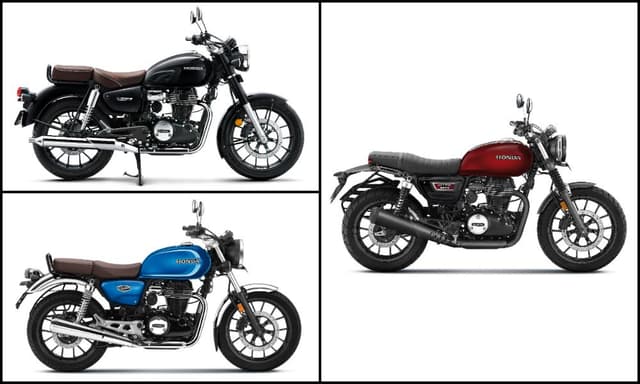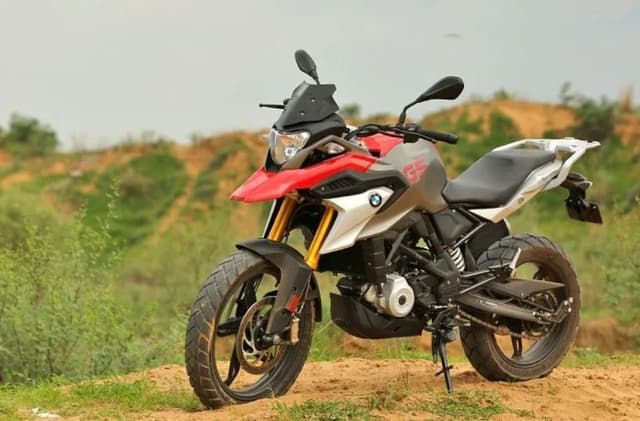Important Aspects of Tyre Rotation You Must Know

Highlights
- It was only during the early 1900s when Tyres were turned black
- There are over 200 materials that are combined to make Tyres
- A new airless wheel, "tweel", is being actively developed
Maintaining parts of a car can be a complex procedure. But some parts are easy to maintain and require only a few hours of work. One such servicing procedure is Tyre rotation. Tyres are extremely important for the vehicle. Think about the inconvenience that one has to go through if they get a flat Tyre in the middle of nowhere. Tyres need maintenance to rotate perfectly and do not wear out after limited usage.

Photo Credit: pixabay.com
What is a Tyre rotation?
Tyre rotation is changing the position of each of the Tyres on the car. Typically, it is suggested by most manufacturers that the Tyres are rotated around every 7500 km.

Photo Credit: pixabay.com
Importance of Tyre rotation
- Tyres tend to wear out over time. By rotating the Tyres, the wear is evenly distributed across all four Tyres. That extends the lifetime of the Tyres.
- Rotating Tyres can be a great way of maintaining the balance of the Tyres. Since the wear is evenly distributed, the tread is well-aligned for the vehicle.
- If the vehicle is an all-wheel-drive, rotation reduces the stress on all the expensive drivetrain components.
Patterns of Tyre rotation
Several patterns are used for the process of Tyre rotation:
- X Pattern: This is a standard pattern. The front left and rear right Tyres are rotated, and so are the rear left and front right Tyres. This creates an X pattern.
- Rearward-Cross Pattern: This is typically used in 4-wheel drive vehicles. The rear Tyres go to the front as it is. The front Tyres occupy the rear position but in a cross. It can also be used in RWD vehicles.
- Forward-Cross Pattern: The front Tyres go to the rear as it is. The rear Tyres are moved to the front but in a cross position. This can be used in FWD vehicles.
- Side to side Pattern: This pattern is used for cars with varying sets of front and rear Tyres. The two front Tyres are rotated among themselves, and so are the two rear Tyres.
- Front to rear Pattern: This is pretty straightforward. The left rear Tyre is exchanged with the left front Tyre. The right rear Tyre is exchanged with the right front Tyre.

Photo Credit: pixabay.com
Incorporating rotation of the spare Tyre
There are two techniques by which the spare Tyres can also be rotated:
- 5-Tyre forward cross pattern: So, this is how it goes down – the front left and rear left Tyres are exchanged, the rear left Tyre goes to the front right, the front right gets replaced with the spare Tyre, the spare Tyre goes to the rear right and the rear right moves to the front left.
- 5-Tyre rearward pattern: The front left is exchanged with the spare, the spare goes to the rear right, the rear right goes to the front right, the front right moves to the rear left, and the rear left goes to the front left.
Regularly rotating all the Tyres of the car can certainly increase the life of the Tyres as well as improve the driving experience.














